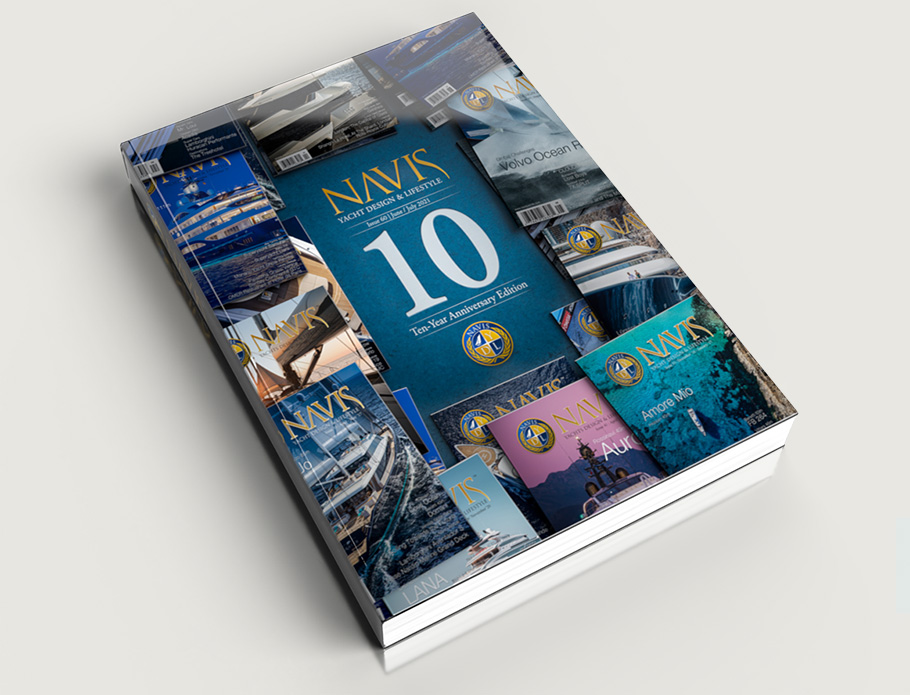An accomplished underwater videographer, Didier Noirot has a noteworthy CV detailing 44 years behind the lens. Didier has worked with Jacques Cousteau, National Geographic, Disney Nature, John Jackson (La Bête du Natal), and Jacques Perrin (Ocean), among others, earning Emmy Awards for the BBC favorite, Blue Planet, and the documentary One Life. Passionate about the ocean and the marine life it supports, Didier dedicates his time and expertise as President and co-founder of the philanthropic ocean education organization, The Balthazar Project.
Whenever one thinks of Newfoundland, one thinks of wind, fog, and cold. Strong winds allow only the hardiest vegetation to grow. What we know about Newfoundland has come from the stories of cod fishermen braving storms, or from the Titanic striking an iceberg 370 miles south of the island.
However harsh and remote, I fell in love with this island because the surrounding ocean contains the most thickly populated fishing waters in the world.
All this wealth is carried by the caplin, a small fish that feeds all the inhabitants of the ocean. Seabirds, codfish, and whales make it their main course, especially in early summer when caplin approach the coast to lay their eggs.
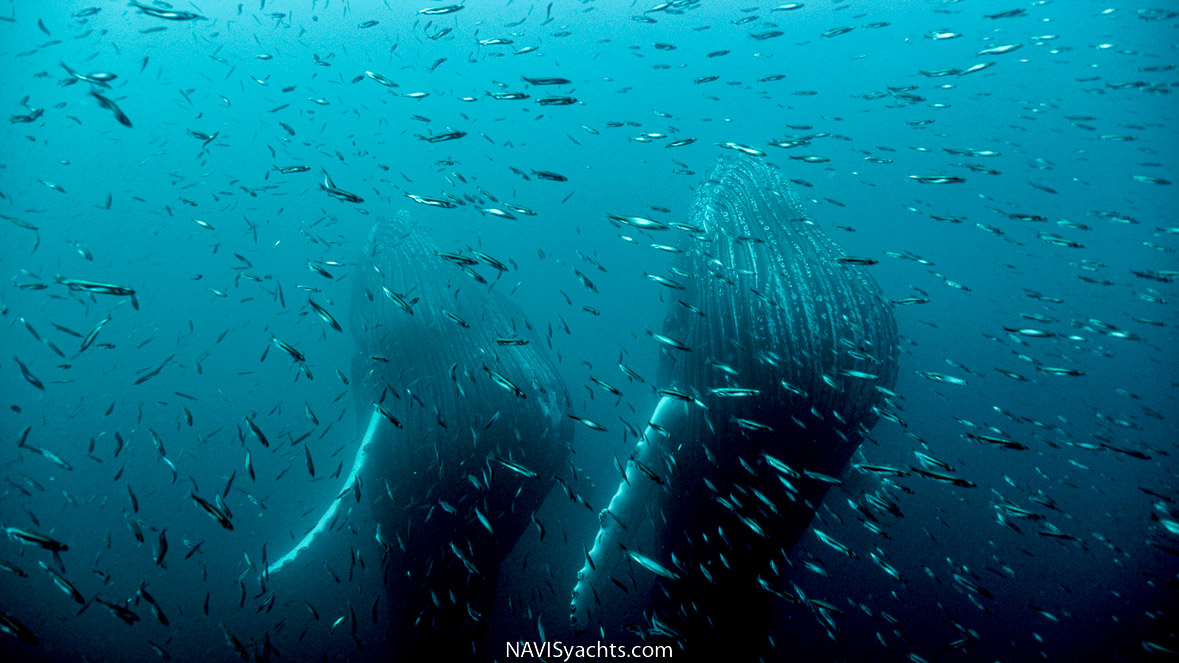
But Newfoundland is also in the path of the cold Labrador current that descends from the Arctic regions, taking with it the icebergs that have broken away from the glaciers of Greenland. Monsters weighing tens of thousands of tons, these massive icebergs melt as they drift south before disappearing completely into the Atlantic Ocean. On their way, they turn over, top to bottom, and break, leaving behind fragments that the inhabitants hurry to collect to drink this pure water of glaciers millions of years old.
One day during one of my visits, an iceberg washed up on a rocky point. It was about ten meters high. That day, I was with Rick, a diver from Newfoundland. Together, we headed down into the icy depths.
The descent along the iceberg was fascinating. The ice dazzled us. The melting ice released air bubbles trapped millions of years ago when the Greenland ice sheet formed, sending pristine air without a trace of human pollution into the atmosphere.
At around 30 meters deep, we arrived at the foot of the iceberg. I heard dull rumblings and loud cracks sounding along the entire length of the berg. This giant scraped the rocky bottom following each swell as fragments of ice rose along the wall. A little further in, I spotted what I thought might be an opening between the bottom and the ice. Was it an invitation to explore the bowels of the iceberg?
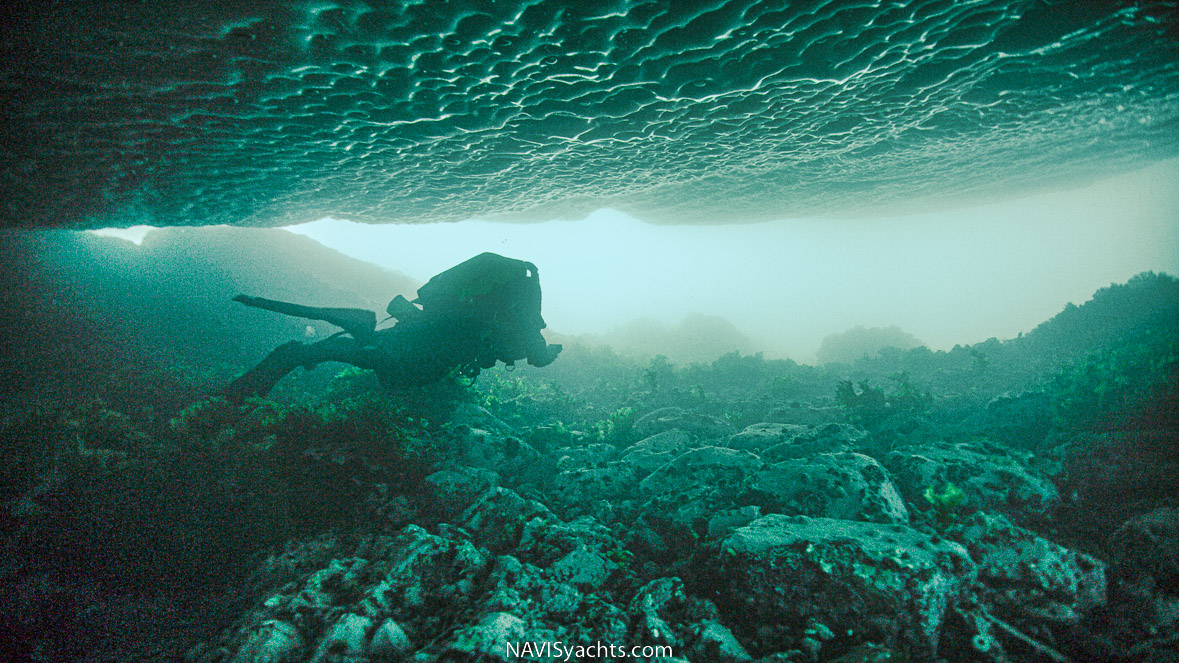
Almost completely immersed in darkness, only a thin band of light was visible on the other side of the iceberg. We decided to swim across with our knees glued to the bottom and our heads bumping up against the bottom of the iceberg, the rumblings remaining a constant concern. We needed to move to the other side very quickly. The menacing atmosphere, as it often is in the world of the ice, seemed surreal.
A few days later, another scenario unfolded in Newfoundland. There were many seabirds that morning. I immersed myself in front of the island of Baccalieu on the east coast. The clear water was, however, extremely dark. The water temperature was just four degrees Celsius. The caplin had invaded the entire coast in a tight school, and I discovered the fish a few meters below the surface.
As I descended, the caplin opened and then closed around me, plunging me into total darkness. At a depth of about fifteen meters, I no longer had any landmarks, and I no longer saw the surface. The bottom was still too low for me to see. The water-cooled, three degrees at most, maybe two. I was wrapped in the middle of millions of silver fish and wondered what monster might arise at any moment.
The experience was frightening. I continued my descent and found the bottom reassuring, towards 25 meters deep. Nothing could approach me from below!
My eyes had adjusted to the darkness. The fish gathered, mixed, and rubbed before depositing their eggs that merged with the grains of sand. In places, the egg layer reached seven to eight centimeters thick. All the predators were there. The asymmetrical mouth of the carrelets gesticulated strangely to gobble up clusters of gelatinous eggs. The cod streamed into the mass of fish, emerging a few seconds later with a caplin laid out across their gaping mouth.
I then heard sounds. From afar, perhaps? It was not the sound of a dolphin’s cry, or the lyrical whale song I’ve heard so many times in Hawaii or Polynesia. These sounds came from an animal, that’s for sure, but which one? Was it big? Was it far away? Which direction did it come from?
After about ten seconds, silence returned. I continued my observations and then suddenly, the scene cleared in a flash. As a huge form rushed toward me, I immediately recognized it as a humpback whale. In a split second, the capelin bench opened above me leaving me with just enough time to lay down on the sand, narrowly escaping the monster’s gaping mouth. Its massive body had failed to crush me. Its two white pectoral fins passed me on each side, and in one powerful tail movement, the whale propelled itself to the surface. Caught up in the turbulence in the wake of his passage, I swirled in the turmoil that seemed to last an eternity. Two turns, three turns on myself, then the water finally calmed.
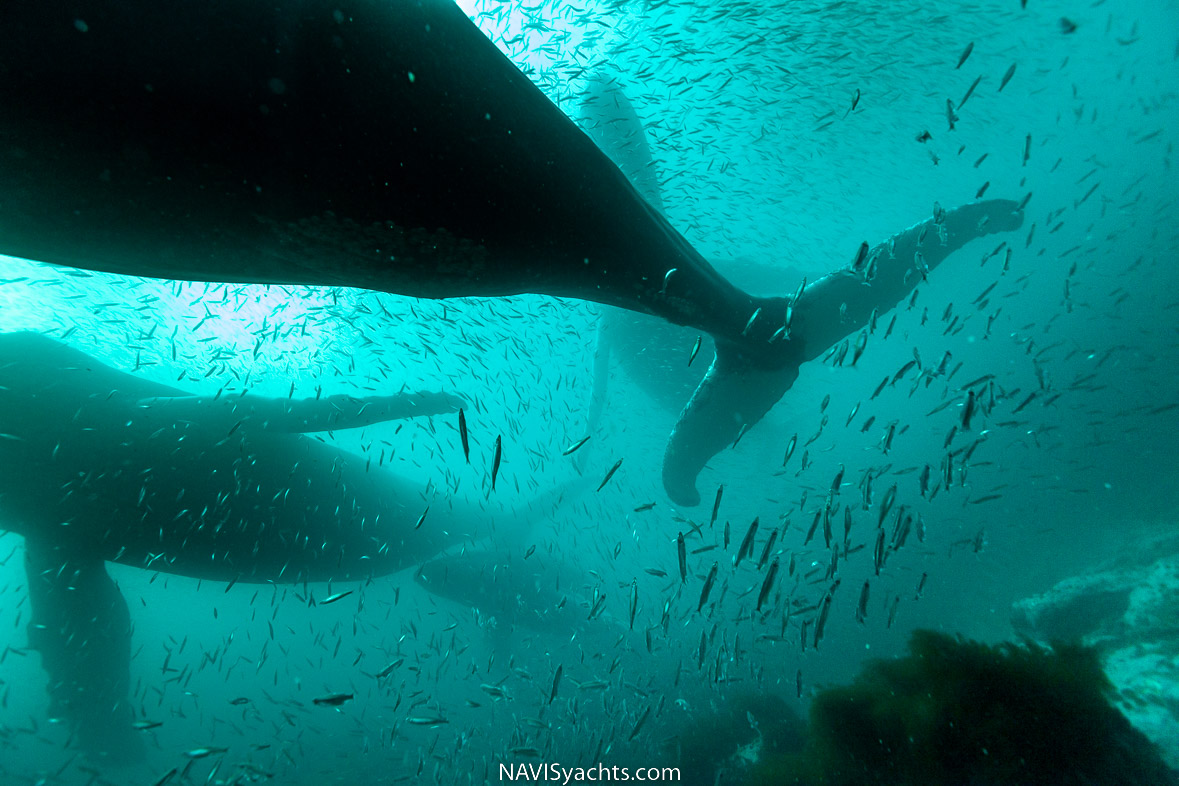
Injured capelin swam as best they could towards the bench that was replenishing in the middle of the storm. I later learned that whales communicate with each other before coordinating their attack. The interval between the sounds and the attack was a regular one – forty seconds!
With a quieter atmosphere the following day, a young beluga had just arrived near the coast. Belugas do not normally live here. Theirs is the world of the frozen seas, much further north, beneath the pack ice.
This beluga was a carefree young male who was following an iceberg, but when the iceberg melted, he found himself alone, far from his family. The fishy waters of the region suited him, however, because food was abundant and our newcomer was happy. He even had fun following in the wake of small fishing boats. He had forgotten for a time that his survival only held because he lived among his own. He then returned to a route closer to the coast, as if to observe the black rock cliff with a curious eye.
When I learned of his presence there, I immediately went to meet him. The wait was not long. Like all cetaceans, the whale located me right away. My sluggish look and black jumpsuit must have amused him. He mimicked my strategy by sneaking into the kelp, disappearing, and reappearing a few seconds later, right behind me. After a few minutes, the whale came ever closer, gradually slowing his pace.
He rubbed his head on me before rushing up in a flash to breathe. Finally, an area where I was at my strongest, my air bottle allowed me to stay at the bottom!
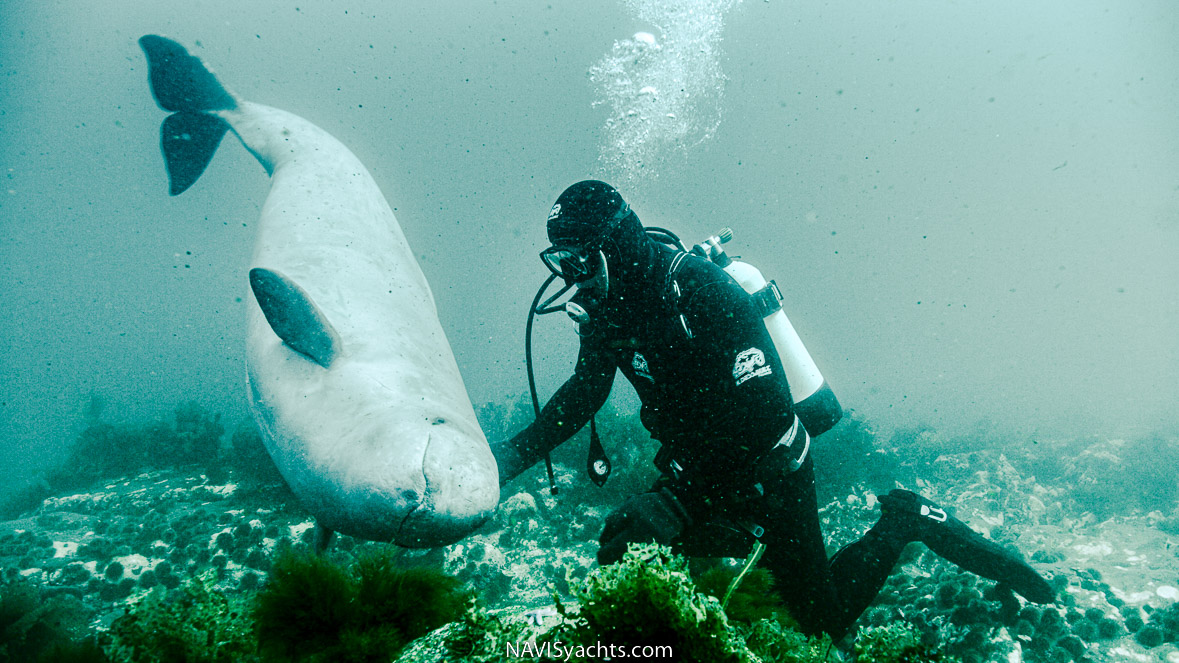
Back at the bottom, he presented his ventral side to me as an invitation to tickle his belly, which I repeated a few times. He loved every sensational stroke! This was the first time I have ever touched an animal while diving.
I spent three exceptional days with him, but on the fourth day I was alone in the creek, without my new acquaintance. After a long wait, I returned to the village. The local fishermen told me orcas had been spotted in the area. I immediately understood that the beluga’s life, far from his own kind, had come to an end. This encounter, that of an ocean animal that had come to explore a man, would remain unforgettable, with his broad smile engraved forever in my memory.
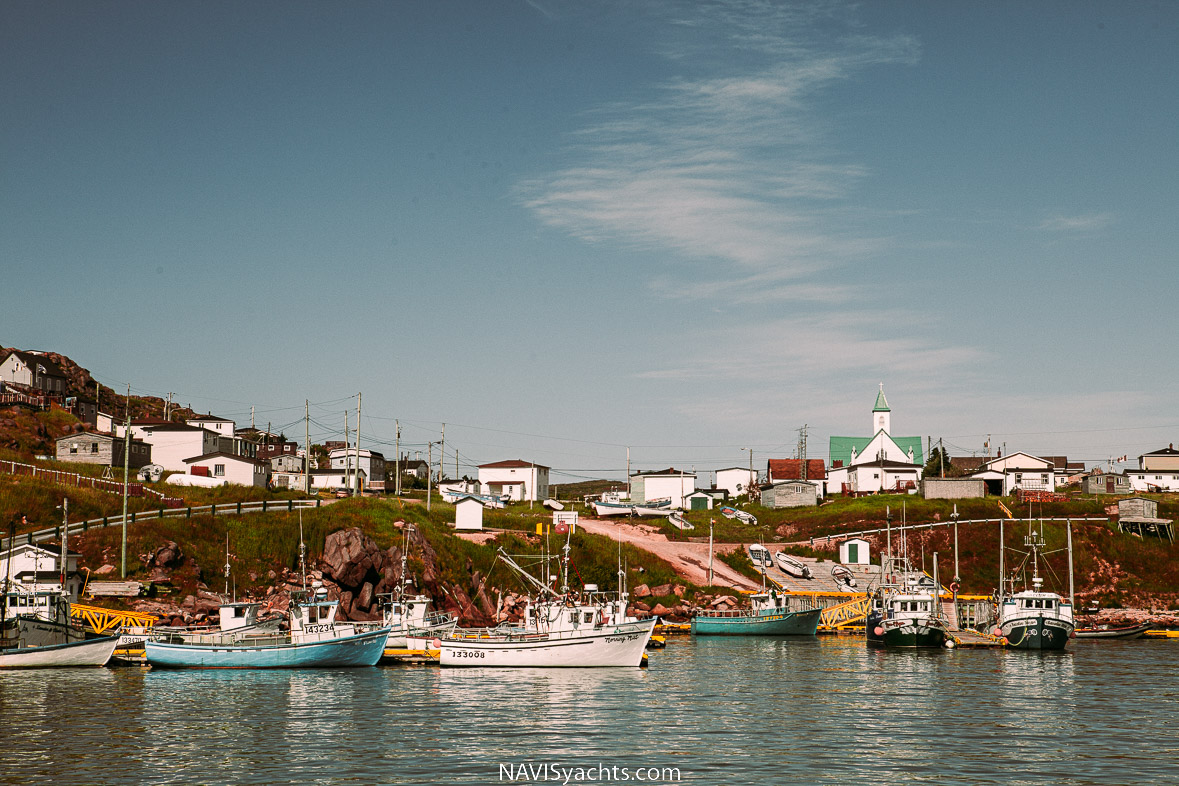
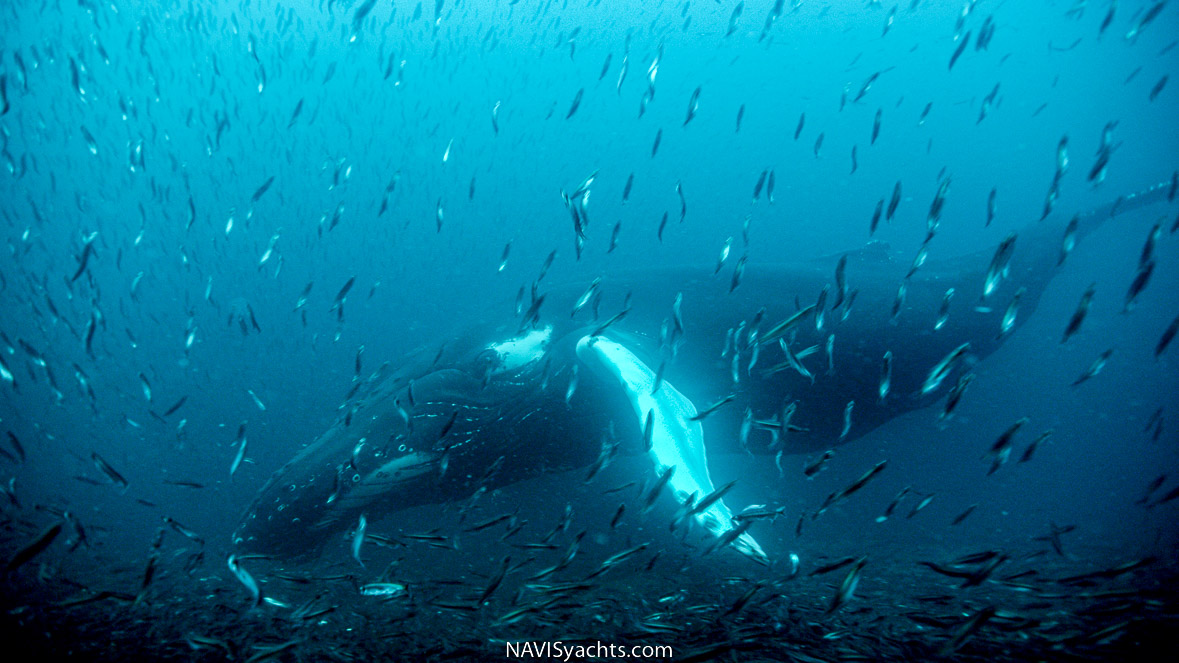
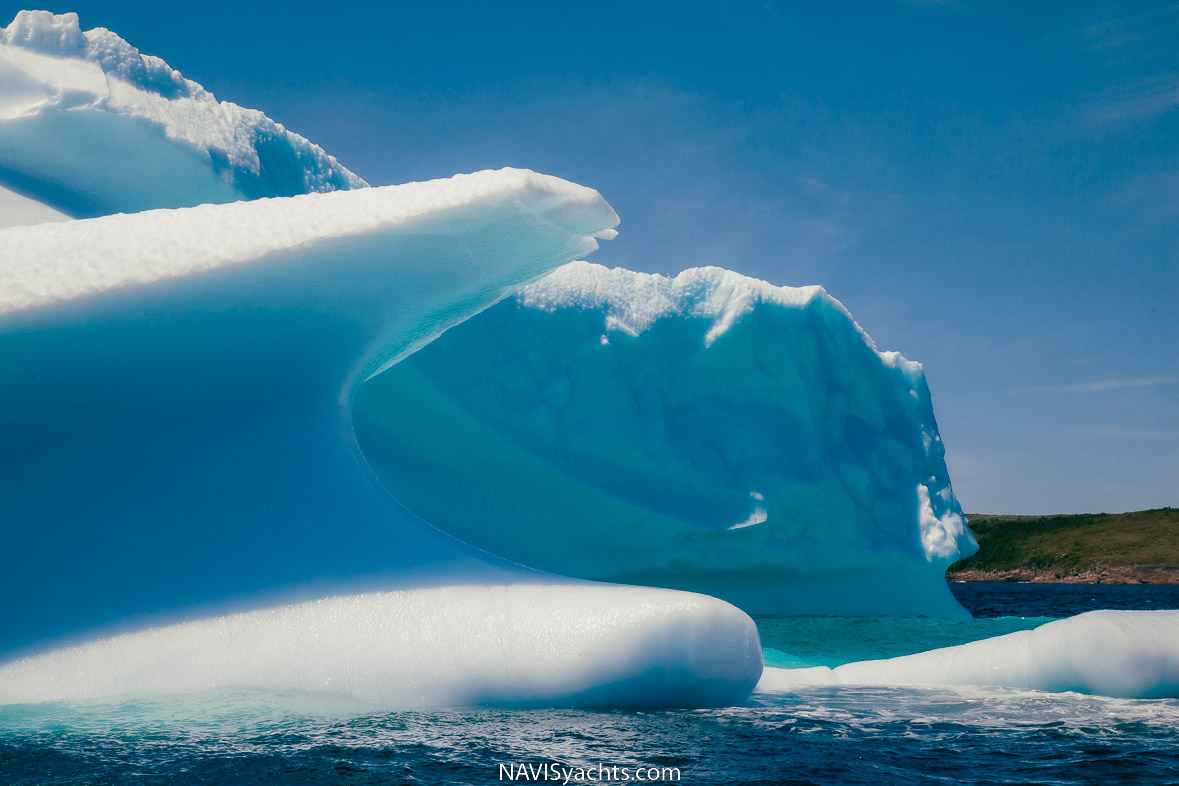

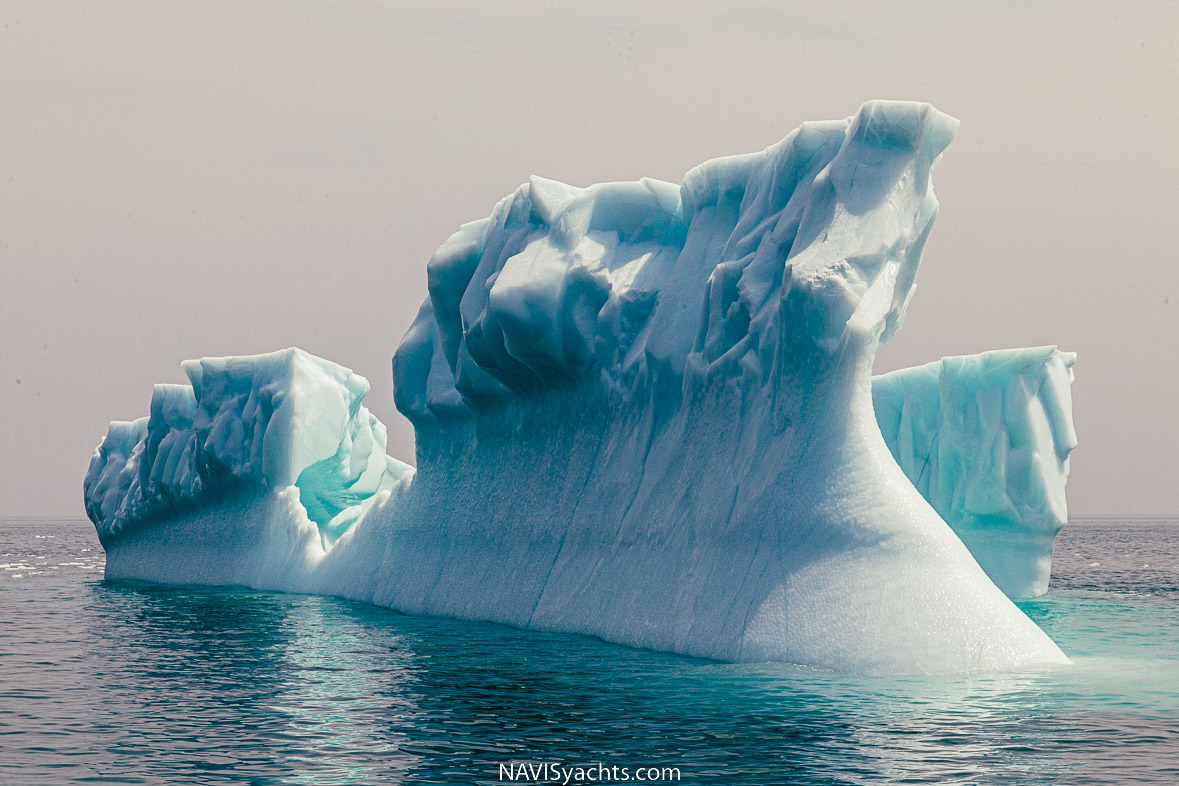

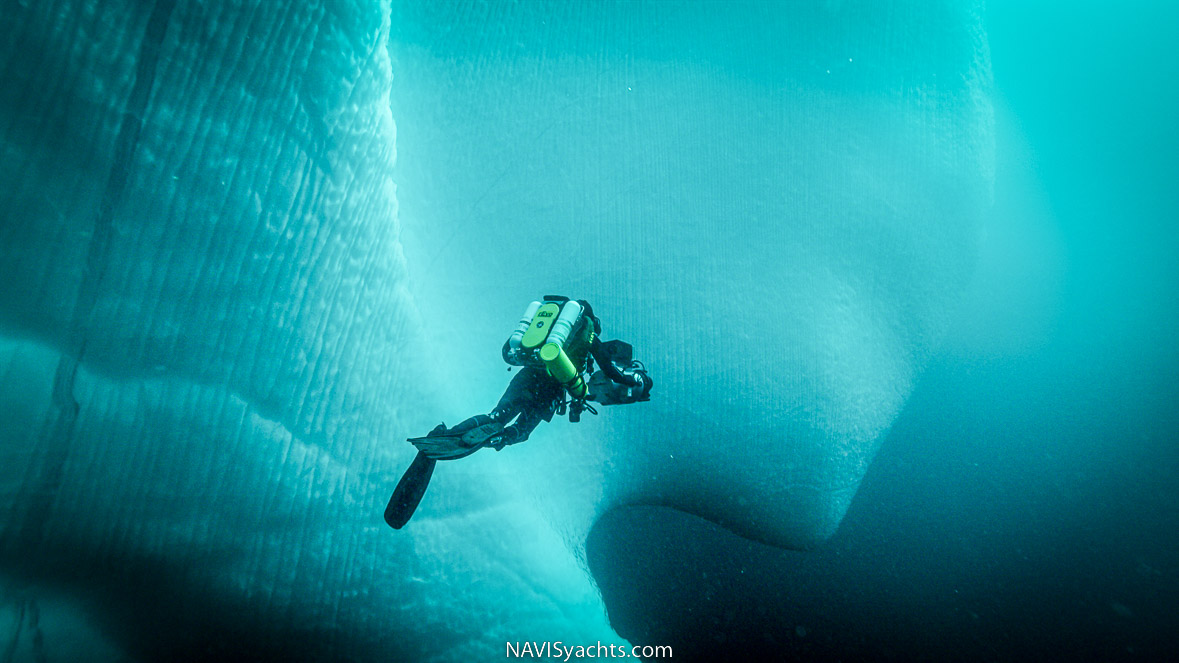

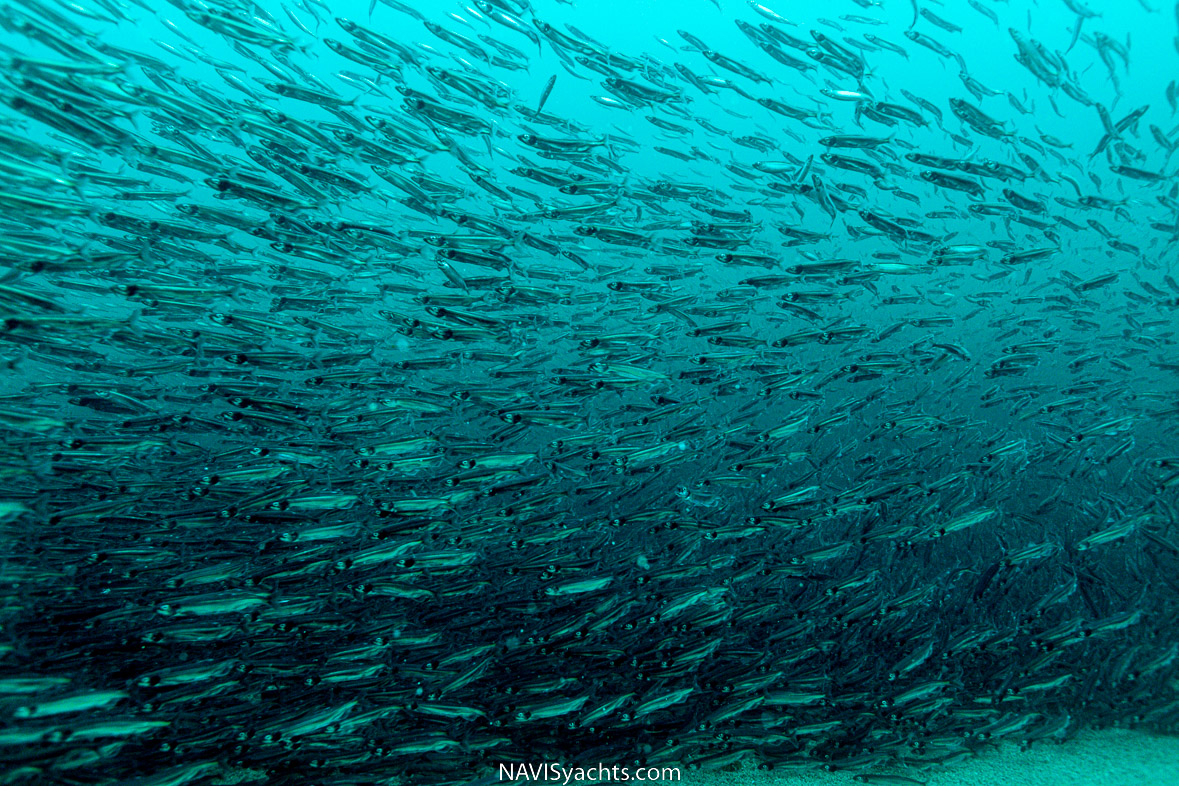
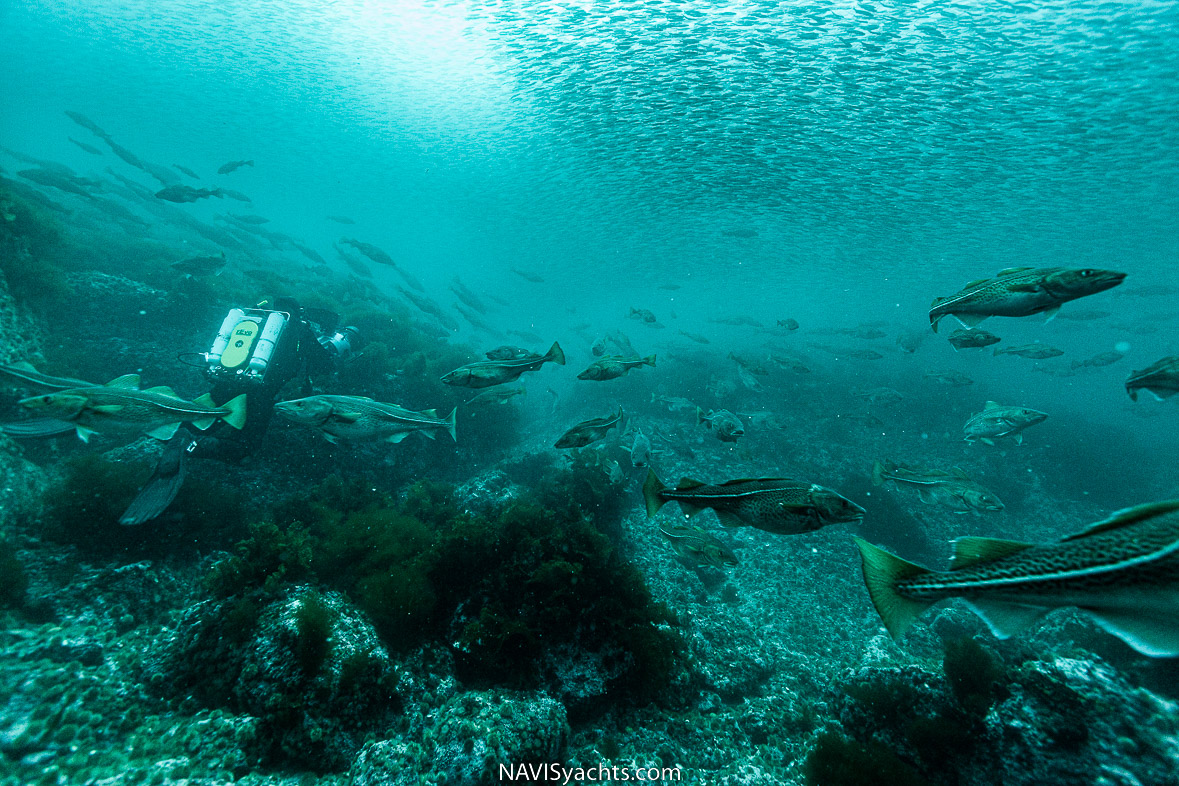

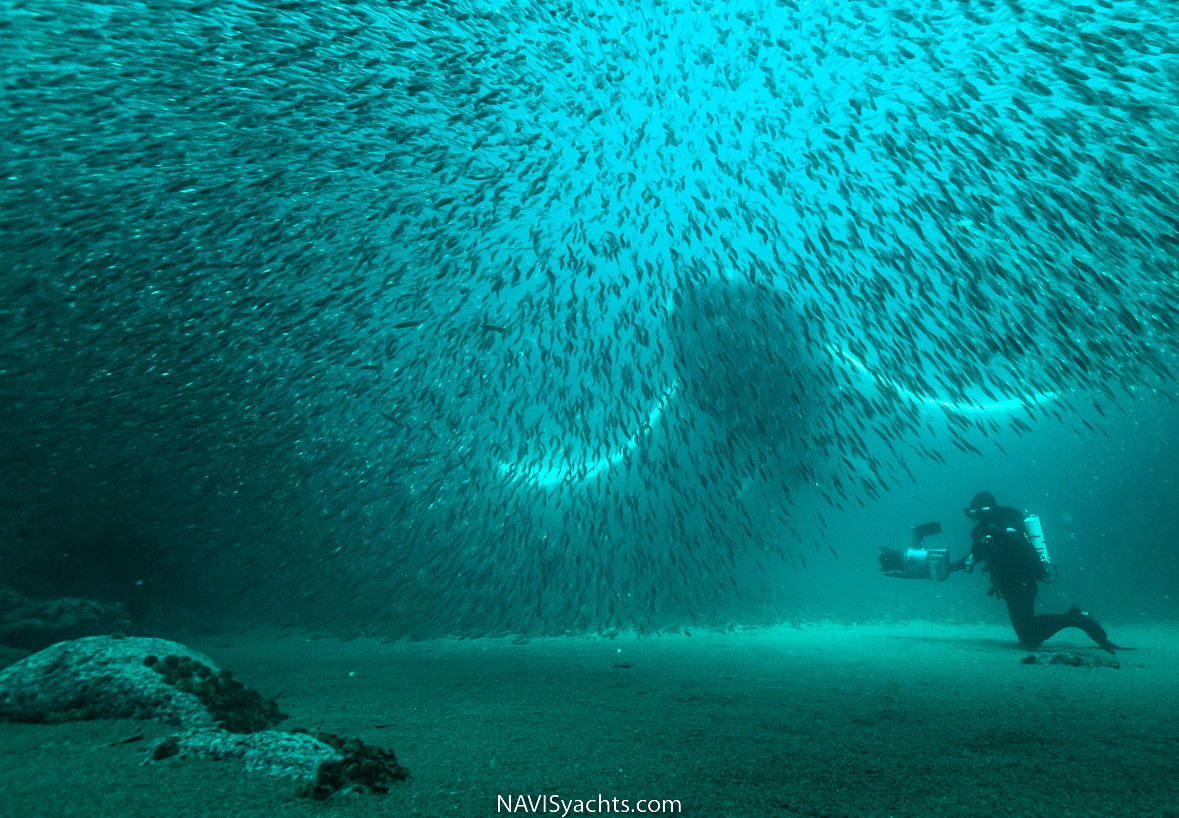
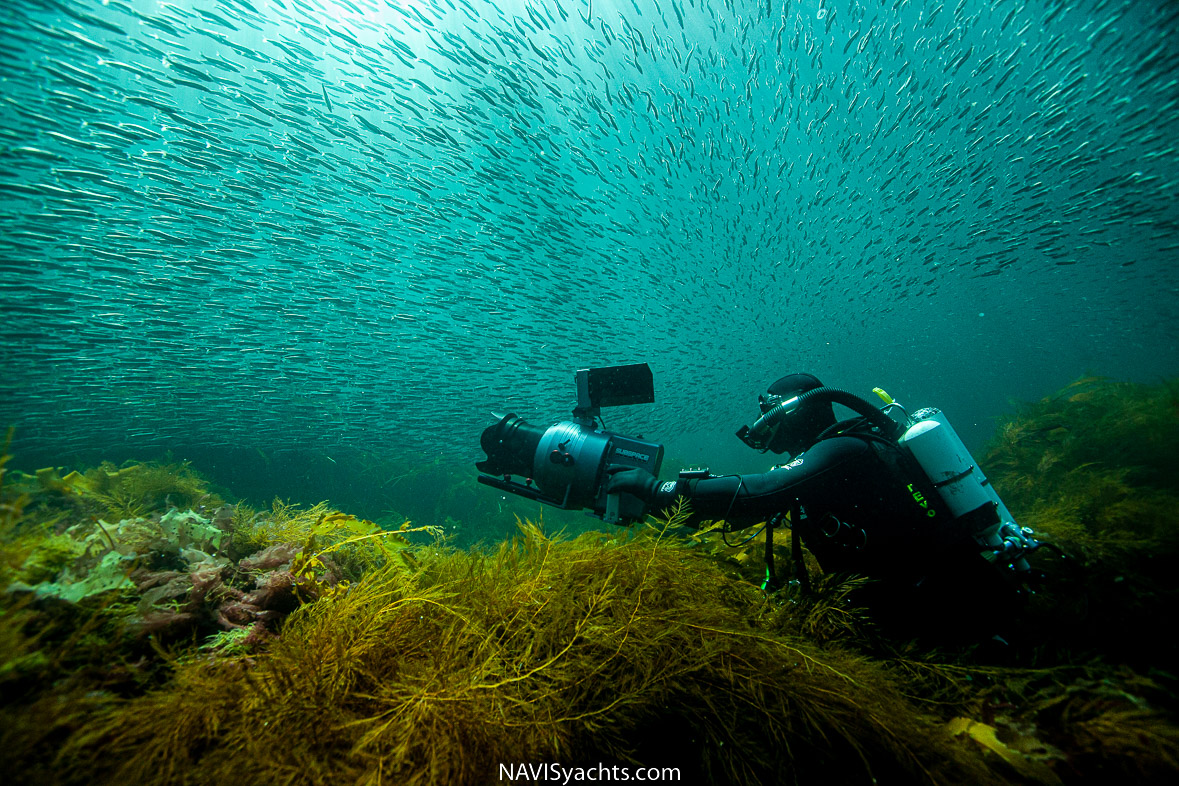
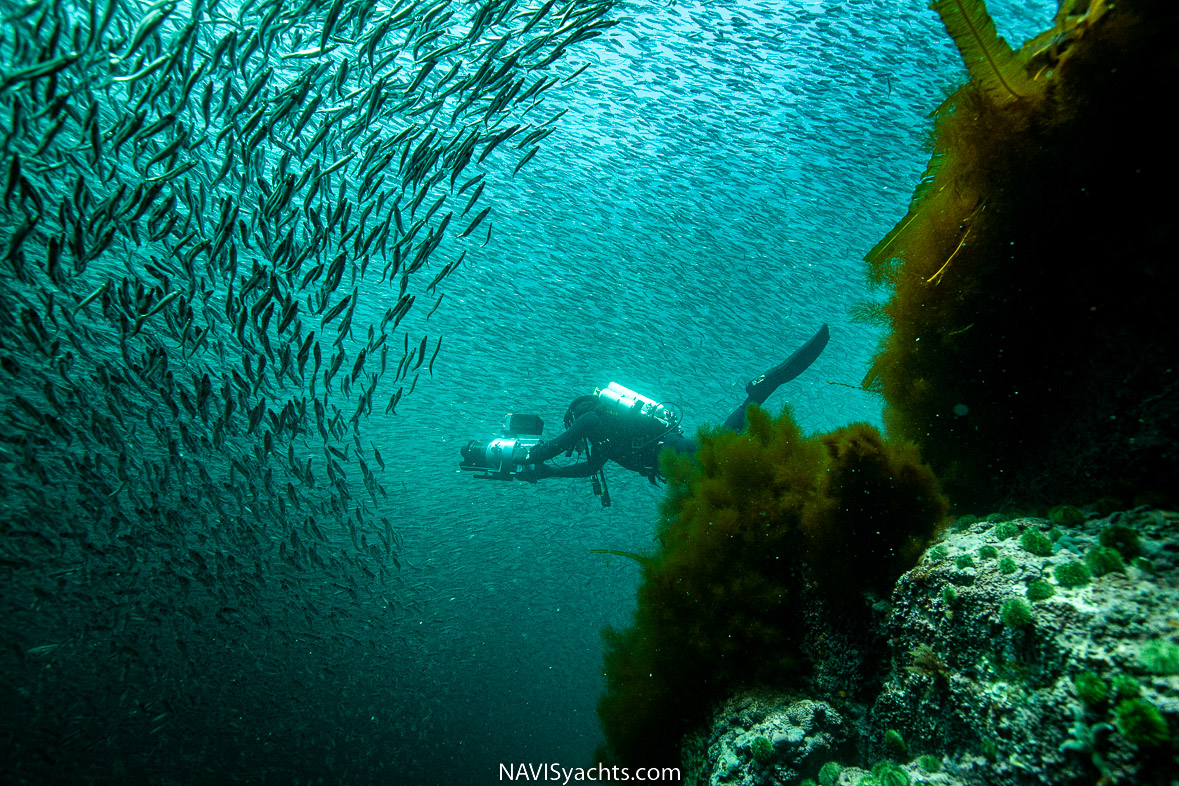

Photos: Didier Noirot | Words: Didier Noirot

